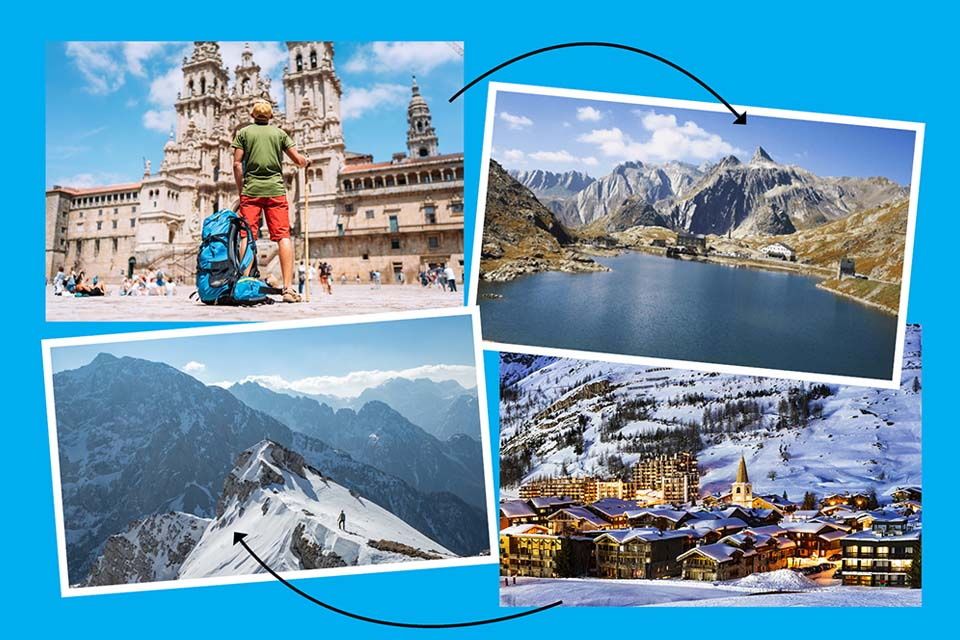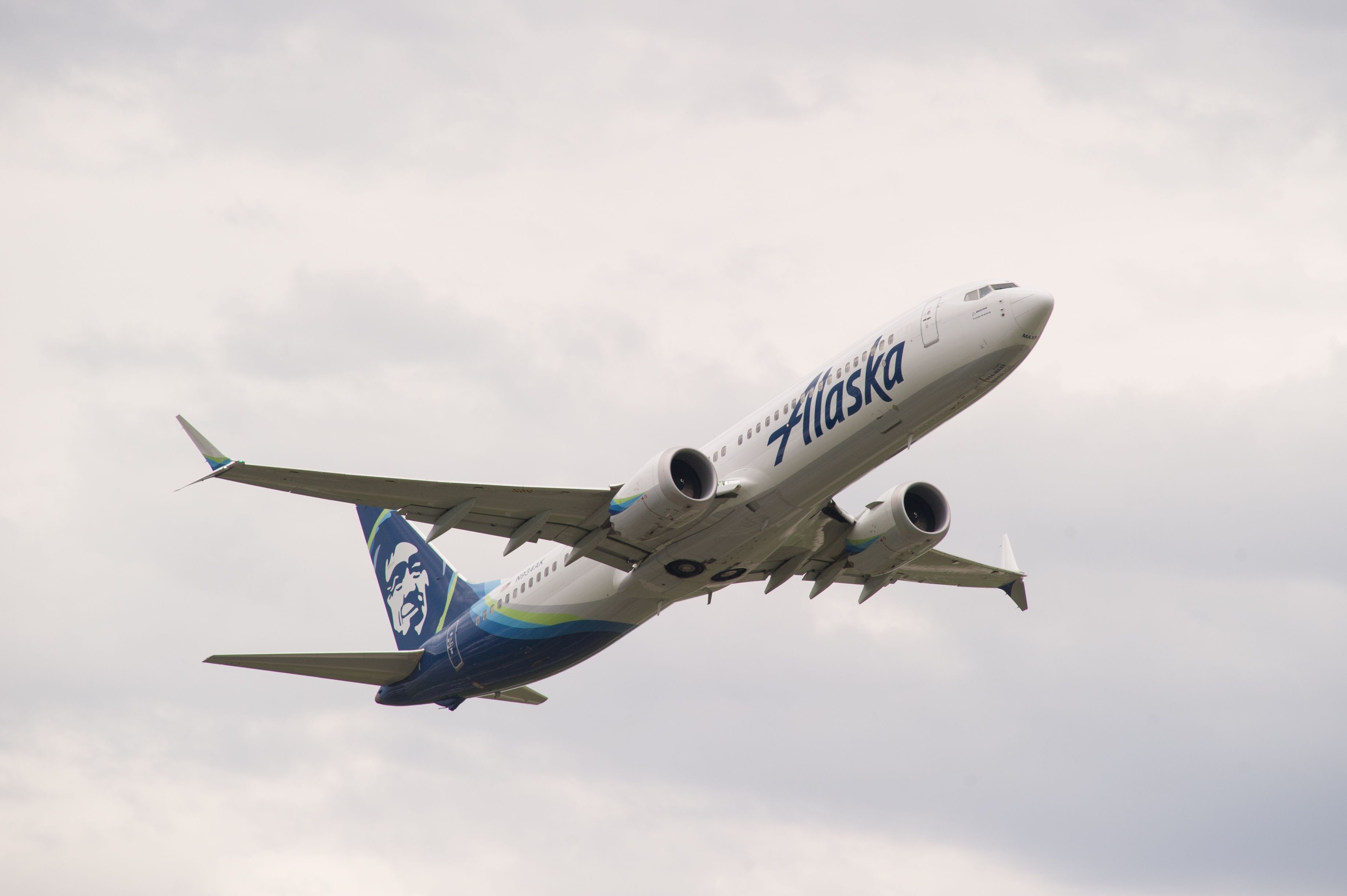Summary TWA Flight 529 crashed due to the loss of a bolt from the elevator boost system, causing an unrecoverable stall. The crash occurred just 5 minutes after takeoff, resulting in the disintegration of the Lockheed Constellation in Willowbrook, Illinois. A memorial service honoring the 78 victims was held 60 years after the tragedy, marking the site with a memorial marker.
It was September 1, 1961. Trans World Airlines flight 529 was getting ready to depart from Chicago Midway Airport. The flight had already come in from Boston and was en route to Las Vegas and then San Francisco, the final destination.
They had stopped in Pittsburgh and New York on the way. The Lockheed Constellation L-049 had 73 passengers and five crew onboard. Love aviation history ? Discover more of our stories here! The crew The captain was James Sanders.
He'd been with TWA since 1945 and had accumulated over 17,000 flight hours. The first officer was Dale Tarrant who had been an Air Force instructor and pilot on a troop carrier aircraft. James Newlin was the flight engineer and had been with TWA for ten years.
The flight attendants were Barbara Pearson and Nanette Fidger. Nanette was 20 years old and preferred to be called 'Nan'. She had just one more flight to complete, before leaving her job to get married to her fiancé, who worked in insurance sales.
Barbara was 24 years old and had been married for just less than a year. She'd worked for TWA for 4 years. This was her last flight.
She was pregn.



















